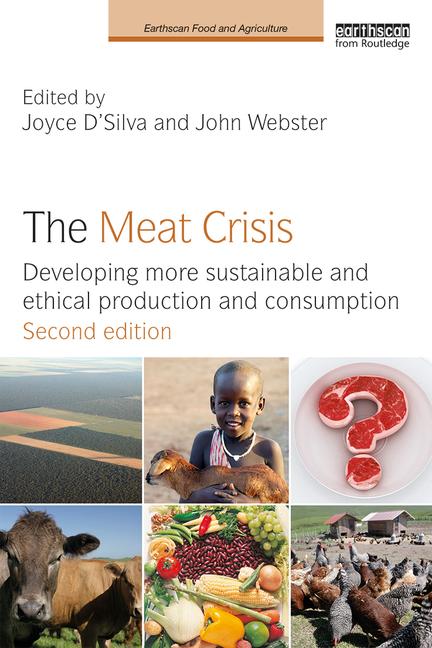Cattle inventory at the start of the year was estimated at 87.157 million head, 1.9% lower than a year ago. There were fewer cows, down 2%, and fewer steers, down 1.7%. The lower numbers all but assured that fewer cattle would come to market in 2024 compared to the year before.
Through August 2024, cattle slaughter was down 3.5% from a year ago. Much of the decline was due to fewer cows coming to market, but there was also a reduction (-1.3%) in heifer slaughter. Sending fewer female cattle to slaughter is the first step in finding the cyclical bottom.
We are still far from any significant herd rebuilding, as evidenced by the fact that fed cattle slaughter since April has been 1.1% above last year's levels. With fewer cows and more steers in the slaughter mix, average weights were bound to increase. However, the increase in cattle weights has been far higher than anyone expected. Since April, dressed steer weights have averaged about 30 pounds (+3.2%) above last year's levels. Heifer weights have been up about 3% as well.
The decline in feeder supplies and lower grain prices have provided a strong incentive for backgrounders and feedlots to add more pounds both outside and inside feedlots. Seasonally, fed cattle weights decline in the summer, but that did not happen this year. The lowest fed cattle weights this year occurred in late January, not in late May or June, underscoring the unusual situation. Seasonally, weights climb into the fall, and that is expected to be the case again this year. There is little reason for feedlots to accelerate marketings, especially as fall feeder availability is expected to remain limited.
The increase in fed cattle weights has helped bolster fed beef production. Since April, fed beef production is up by more than 400 million pounds (+4.4%). How’s that for doing more with less? But don’t count on a repeat in 2025. History shows that back-to-back big increases in fed cattle weights almost never happen. Next year, we will have even fewer cattle than this year due to further declines in the calf crop and more heifers being used to replenish the beef cow herd.








